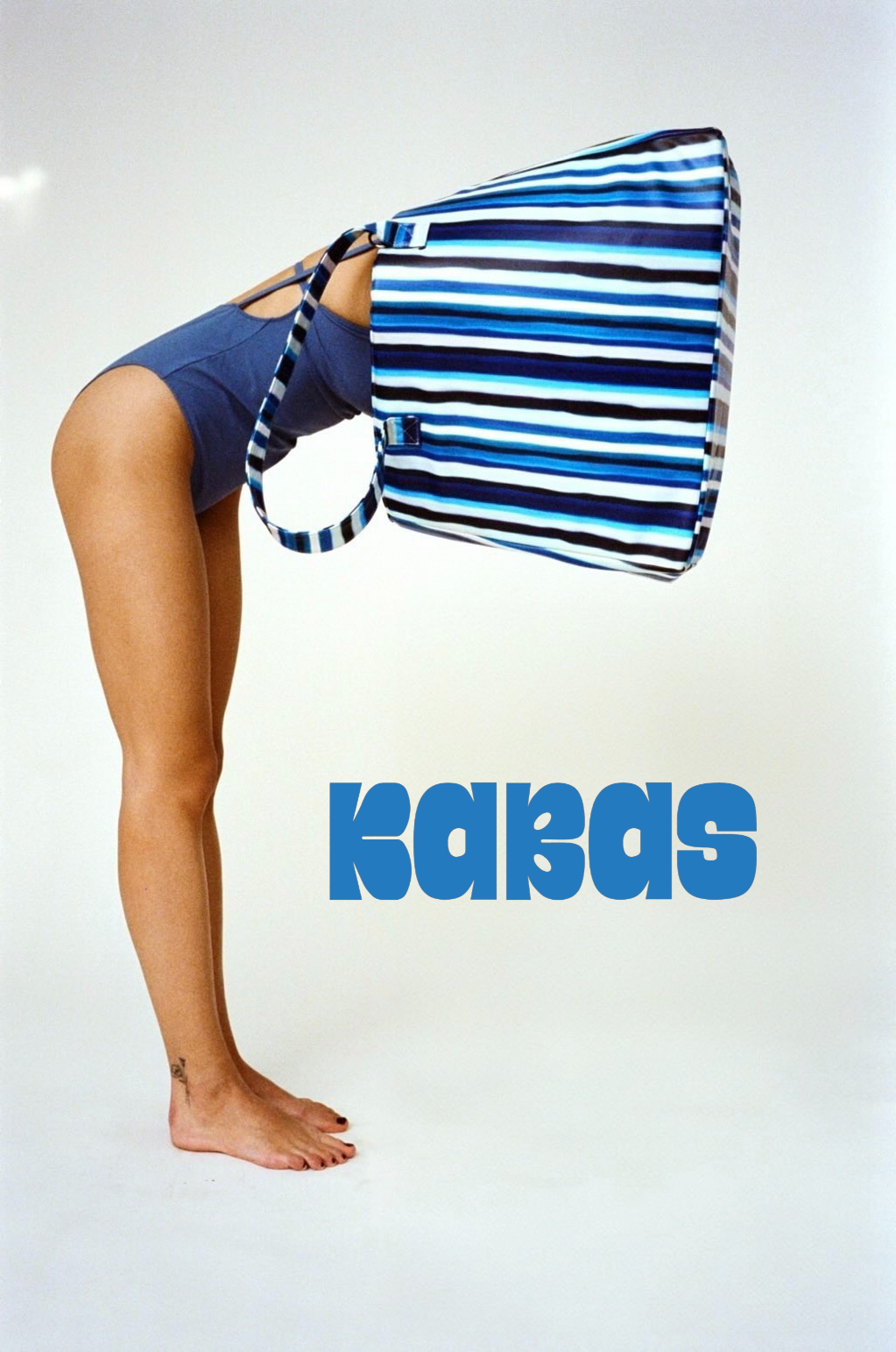LATEX OU CAOUTCHOUC
Latex, also known as rubber, is obtained from the sap of the tropical rubber tree. There are two types of rubber: natural and synthetic.
Latex has elastic, deformable and resistant properties. It also has excellent sealing properties and is a poor thermal conductor. In the textile industry, latex is mainly used to make shoes and bags.
IS IT ECO-RESPONSIBLE?
In the Amazon region, rubber is of natural origin because it comes from rubber trees that grow wild. By cultivating these trees in a responsible manner, it is possible to encourage their regeneration while having a positive impact on the planet.
However, this environmentally friendly farming practice represents only a small portion of total rubber production. In Asia, rubber production is the cause of massive deforestation which contributes to the destruction of biodiversity. In addition, many pesticides are used intensively, which are dangerous for nature as well as for the agricultural workers.
In addition, the natural production of rubber is also threatened by Mycrocyclus ulei, a fungus that infects the leaves of Brazilian trees and risks spreading to Asia. To deal with this problem, industry players are turning to the alternative of synthetic rubber. However, this solution has disadvantages because it is polluting and less sustainable. Its manufacture requires the use of hydrocarbons, which contributes to greenhouse gas emissions. Despite this, synthetic rubber can be recycled and reused for the manufacture of products requiring less elasticity.




